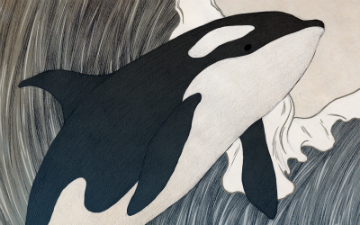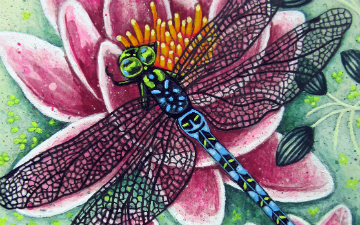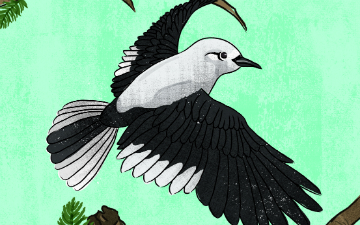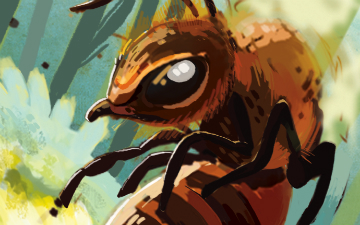Animalia

Killer Whale
Orcinus orca


8 POINTS
Play: Orcinus orca has a MOVE of 2
Fact: Orcinus orca feed on fish, sea lions, seals, walruses and even large whales

Zooplankton
Copepoda subclass


2 POINTS
Play: Copepoda has a MOVE of 1. Can feed Salmon, Blue Whale SPECIES cards.
Fact: Copepoda are primarily transported by ambient water currents

Dragonfly
Anisoptera infraorder


7 POINTS
Play: Anisoptera has a FLIGHT of 2
Fact: Anisoptera are some of the fastest insects in the world

Sockeye Salmon
Oncorhynchus nerka


7 POINTS
PLAY: Oncorhynchus nerka has a MOVE of 2. Can also feed on ZOOPLANKTON SPECIES.
FACT: The young fish, known as fry, spend up to three years in the freshwater lake before migrating to the ocean.

Clark’s Nutcracker
Nucifraga columbiana


2 POINTS
Play: Nucifraga columbiana has a flight of 2
Fact: Nucifraga columbiana eat a wide range of insect prey, berries and other fruits, small mammals and flesh from carcasses

European Honey Bee
Apis mellifera


2 POINTS
Play: Apis mellifera has a FLIGHT of 2 and is considered a POLLINATOR.
Fact: Apis mellifera collect nectar and pollen to feed on, pollinating flowers in the process.